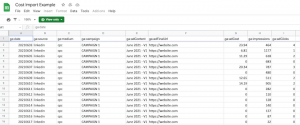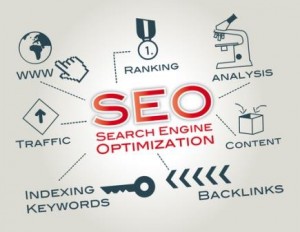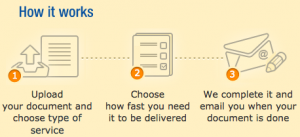HR professionals can promote diversity and inclusion by leveraging technology that eliminates hiring bias.
The technological revolution is still in play. However, it’s already sparking a new kind of revolution – diversity and inclusion.
At the beginning of the tech industry diversity revolution, social advocates pointed out shortcomings in hiring practices, but soon realized that did little to affect change. The next stage of the diversity revolution encompassed compelling organizational leaders to hire diversity executives.
Now, Silicon Valley has entered a new chapter in which the world’s most formidable startups want to do more than disrupt industries. To gain a competitive edge, they want to transform hiring practices by measuring results and holding leaders accountable for them.
By taking advantage of automation tools, you can measure the performance of – and establish accountability for – your organization’s diversity and inclusion initiatives.
Leveraging Automation for a Fairer Society
Around the world, the workplace gender gap hovers at 32%, according to the World Health Organization (WHO). Society has come a long way in acknowledging the role that women play in professional settings. However, there’s vast room for improvement toward making that acknowledgment a part of real-world decision-making.
As of 2018, for example, women still earn an average of 20% less than men. Also, women are significantly underrepresented in many professional roles.
There are many reasons why the gender gap still exists. One reason is that intentional and unconscious bias continue to infiltrate the hiring process. For example, male recruiters are more likely to view the profiles of male job candidates.
There are, however, other factors that contribute to gender imbalance in the workplace. For instance, studies show that women are 20% less likely to request a job referral.
Studies also show that most female professionals believe they must meet all criteria for a posted job. Alternatively, most male professionals believe they need to meet approximately only 60% of the criteria for a posted job opening.
Diversity Technology for HR Professionals
Often, people aren’t as fair as they lead themselves to believe. Whether positive or negative, unconscious bias plays a part in hiring decisions.
When recruiters see something of themselves in someone else, they’re more likely to form a favorable impression. When dealing with someone different, however, they’re more likely to feel unsure of that person.
These unconscious attitudes are especially harmful during the hiring process. Unconscious bias prevents diverse candidates from successfully moving through the hiring pipeline. Resultantly, a growing number of forward-thinking HR leaders leverage automation tools to eliminate hiring bias.
For instance, SeekOut enables hiring managers to look beyond LinkedIn and other mainstream recruitment channels to find diverse job candidates, while Plum enables HR specialists to eliminate unconscious bias by quantifying human potential and aligning candidates’ skills with organizational needs.
HR professionals also use HiringSolved to automate candidate selection and increase diversity. The AI-powered HR tool increases efficiency tenfold. Finally, Hundred5 is a data-driven HR resource that enables hiring managers to eliminate resume bias while finding job candidates faster and using fewer resources.
A Bittersweet Success
Data enables enterprises to do remarkable things. However, the data landscape isn’t all rosy.
Maternity bias, for instance, is a significant issue for working expecting mothers. Corporate America isn’t necessarily supportive of pregnancies.
As an example, United States employers offer access to paid family leave to only 14% of American workers. Also, the recent Google memo scandal highlights the fact that top male decision-makers still use biology is a reason to defend gender discrimination.
The Google memo scandal is a blatant misconduct. Nevertheless, it highlights the ongoing obstacles faced by female professionals.
The possibility of pregnancy is enough for some companies to choose not to hire women. This unfortunate sentiment prevents women from securing needed and well-deserved employment. Although it’s now illegal to overtly discriminate against pregnant women, the practice still exists in many ways.
Automation will affect nearly every industry in the world, and it will increasingly and profoundly impact human resources operations. However, the adoption of automation in the HR field is only in its beginnings.
A survey of employers reveals that companies plan to automate 17% of the entire workforce by 2020, according to Willis Towers Watson. As this transformation occurs, automation will revolutionize the hiring strategies of human resource professionals.
Automation and analytics will increase the capabilities and expectations of HR stakeholders. As technology seeps into the fabric of the global workplace, organizations will need strong HR leaders to carry forth the digital transformation and build the workplace of the future.
Business & Finance Articles on Business 2 Community
(21)






